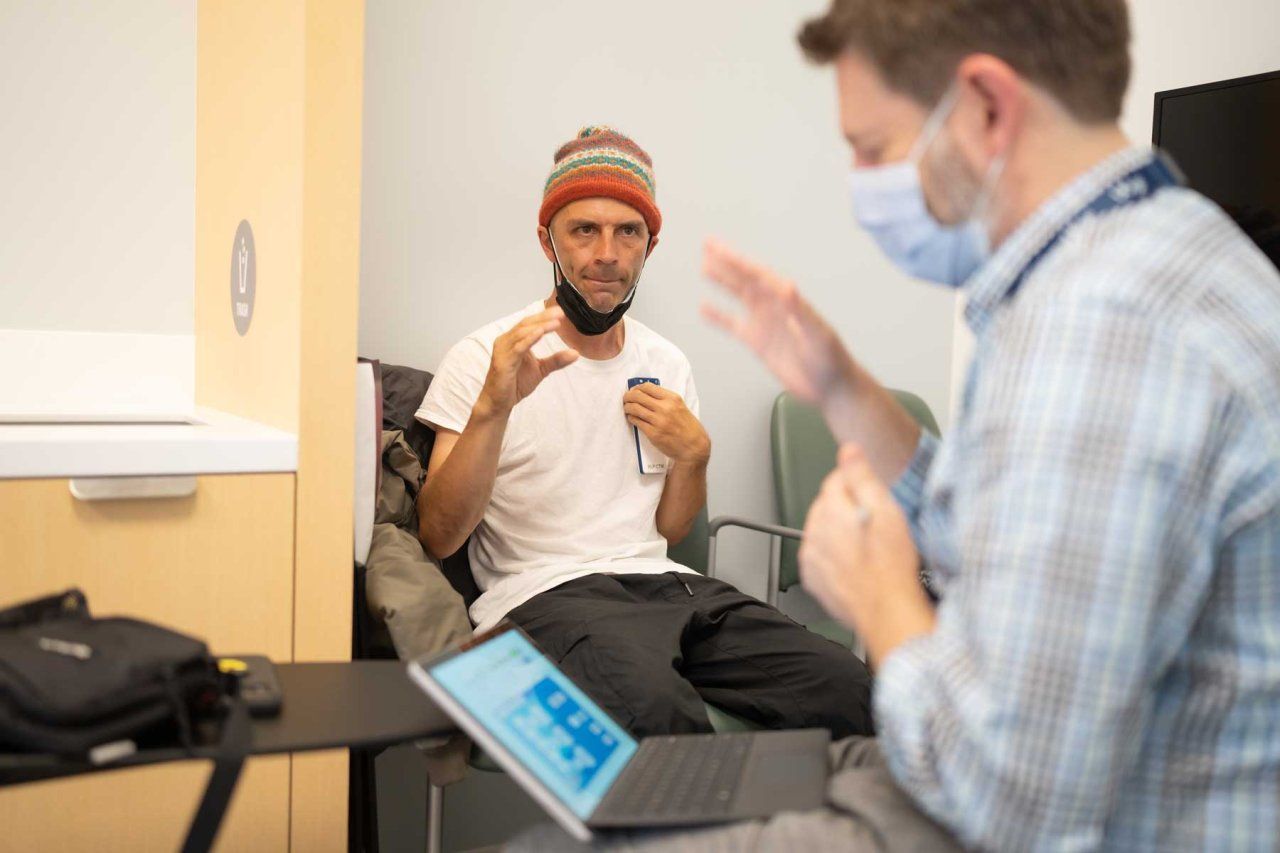

In 2025, with breakthroughs in artificial intelligence, neuromodulation technology and intestinal microbial research, Parkinson's disease has made revolutionary progress in early diagnosis, personalized treatment and symptom management.

🌟 Artificial intelligence promotes early diagnosis
Traditional Parkinson's disease diagnosis often relies on the appearance of motor symptoms, when nerve damage is already serious. In 2025, early prediction technology based on artificial intelligence has made a major breakthrough. Researchers have developed AI systems that can analyze voice patterns, keyboard input habits and facial micro-expressions, which can detect subtle changes 3-5 years before typical motor symptoms appear. For example, some voice AI can detect abnormal changes in the tone of voice when patients speak, with an accuracy rate of up to 85%. This early warning creates a valuable time window for timely intervention, allowing patients to receive protective treatment in the early stages of neurodegeneration.
💊 Personalized dynamic drug delivery system
Dopamine replacement therapy has always been the core of Parkinson's disease treatment, but traditional fixed-dose administration often leads to fluctuations in drug efficacy. In 2025, the development of smart wearable devices makes it possible to monitor and dynamically adjust drug dosage in real time. These devices continuously monitor the patient's movement status and dopamine levels through skin sensors and automatically adjust drug release. Clinical data show that this personalized dosing regimen can reduce the ""on-off phenomenon"" (symptom fluctuations caused by unstable drug efficacy) by more than 60%, significantly improving the patient's quality of life.
🧠New generation of neuromodulation technology
Deep brain stimulation (DBS) technology has ushered in an important upgrade. The new DBS devices in 2025 are smaller in size but more powerful. They use adaptive algorithms to analyze brain electrical activity in real time and automatically adjust stimulation parameters. Some of the latest devices even integrate AI learning functions to predict patient symptom fluctuations and adjust treatment plans in advance. At the same time, non-invasive transcranial magnetic stimulation (TMS) technology has also made breakthroughs, showing good results in improving gait disorders and balance problems.
🦠Clinical application of gut-brain axis research
More and more evidence shows that Parkinson's disease may be related to an imbalance in the intestinal flora. In 2025, treatment strategies targeting the gut microbiome will enter clinical practice. Specific probiotic combinations have been shown to reduce neuroinflammation, and microbial transplantation therapy has shown the potential to slow disease progression in clinical trials. Researchers have also found that regulating the intestinal environment can reduce abnormal aggregation of alpha-synuclein, one of the key pathological features of Parkinson's disease.
🏠 Telemedicine improves long-term management
Teleneurology services have become standard for Parkinson's disease management. Through virtual reality technology, patients can receive professional balance and gait training at home. The online platform provides multidisciplinary expert consultations, allowing patients in remote areas to access high-quality medical resources. AI-assisted motor function assessment tools allow doctors to monitor changes in the disease more accurately and adjust treatment plans in a timely manner.
🌱Comprehensive strategies to slow disease progression
In addition to innovative treatments, research in 2025 further confirmed the importance of lifestyle interventions:
Regular exercise: 150 minutes of moderate-intensity aerobic exercise per week can significantly slow motor function decline
Mediterranean diet: A dietary pattern rich in antioxidants and healthy fats has a neuroprotective effect
Cognitive training: Regular cognitive activities can reduce the risk of dementia
Stress management: Mindfulness exercises and social activities can help improve non-motor symptoms
Looking to the future
These breakthroughs in 2025 mark the shift in Parkinson's disease treatment from simple symptom control to disease-modifying treatment. Advances in early diagnosis technology have greatly advanced the timing of intervention, personalized treatment plans have significantly improved treatment outcomes, and the popularity of telemedicine has improved the accessibility of long-term management. For Parkinson's patients and their families, keeping abreast of these developments and maintaining close communication with professional medical teams will help develop the best treatment strategies.
